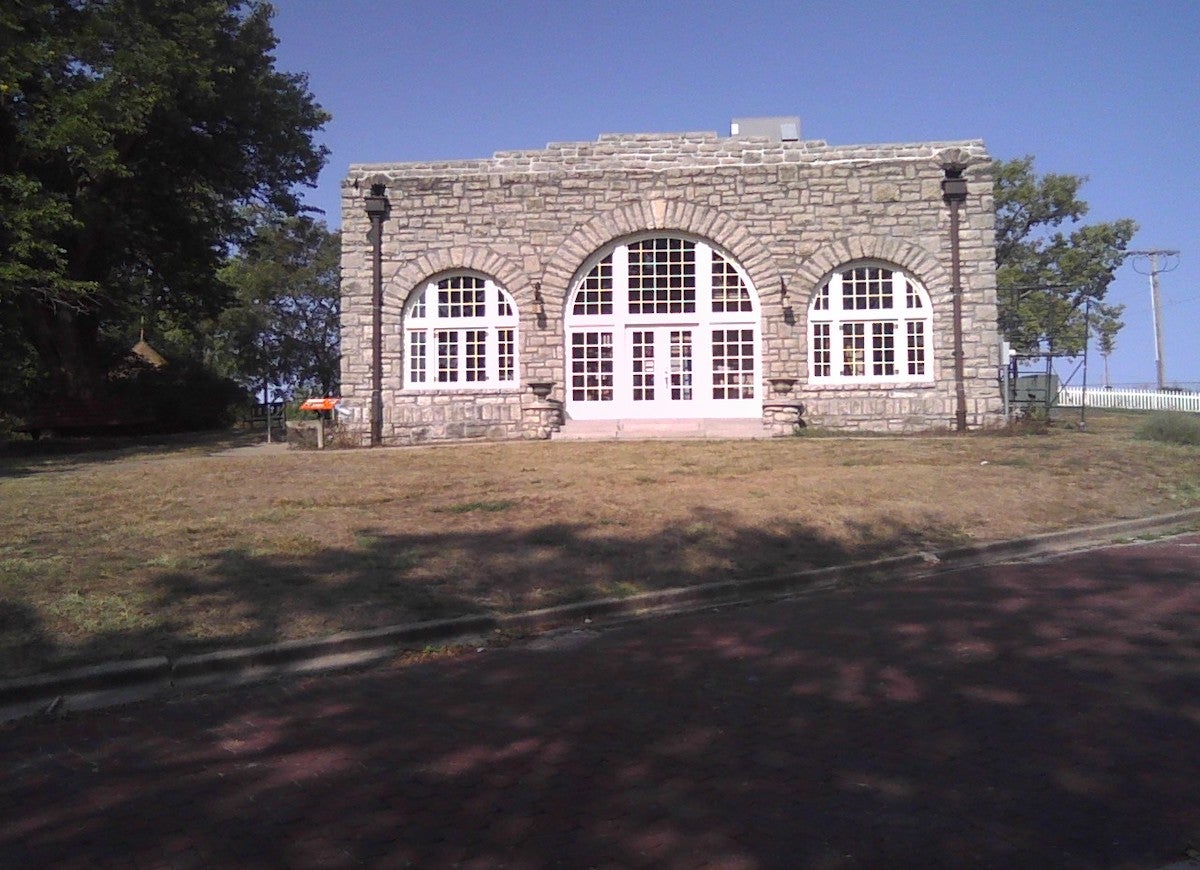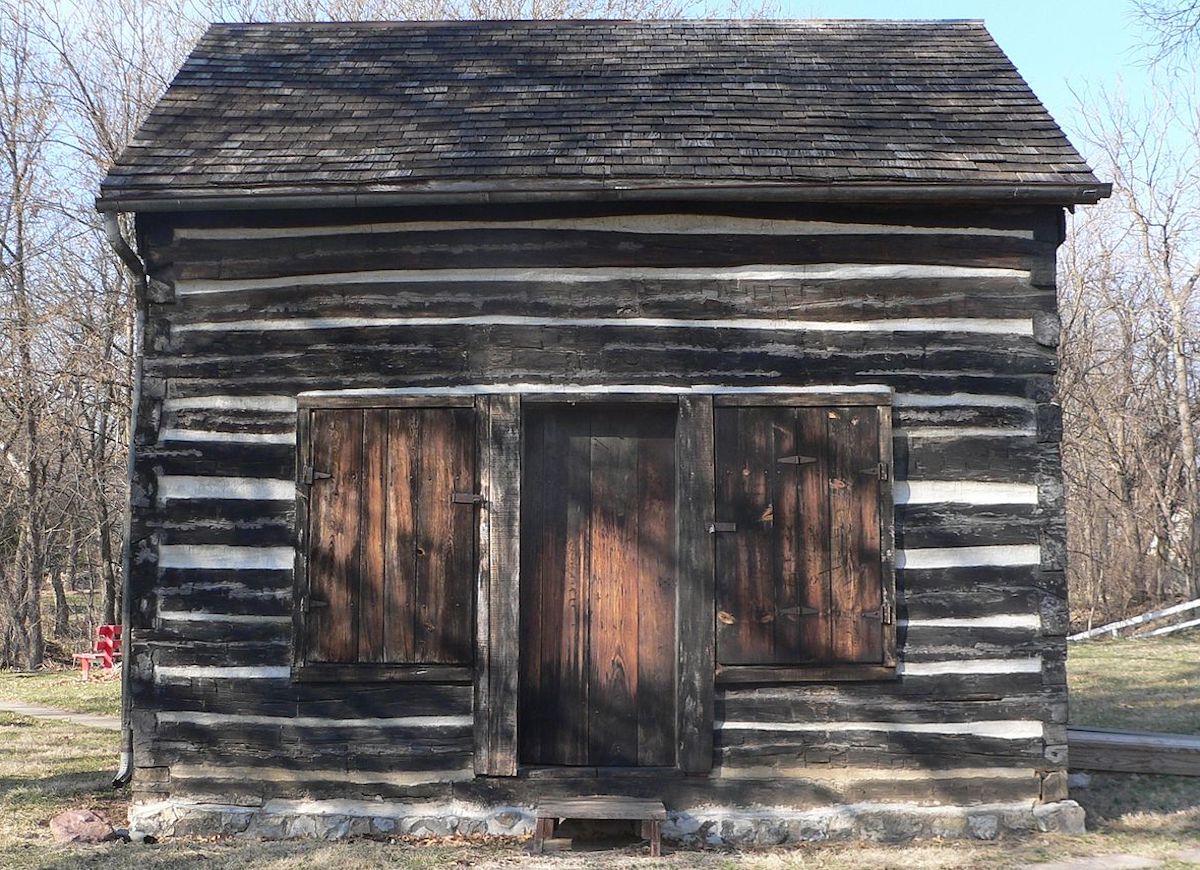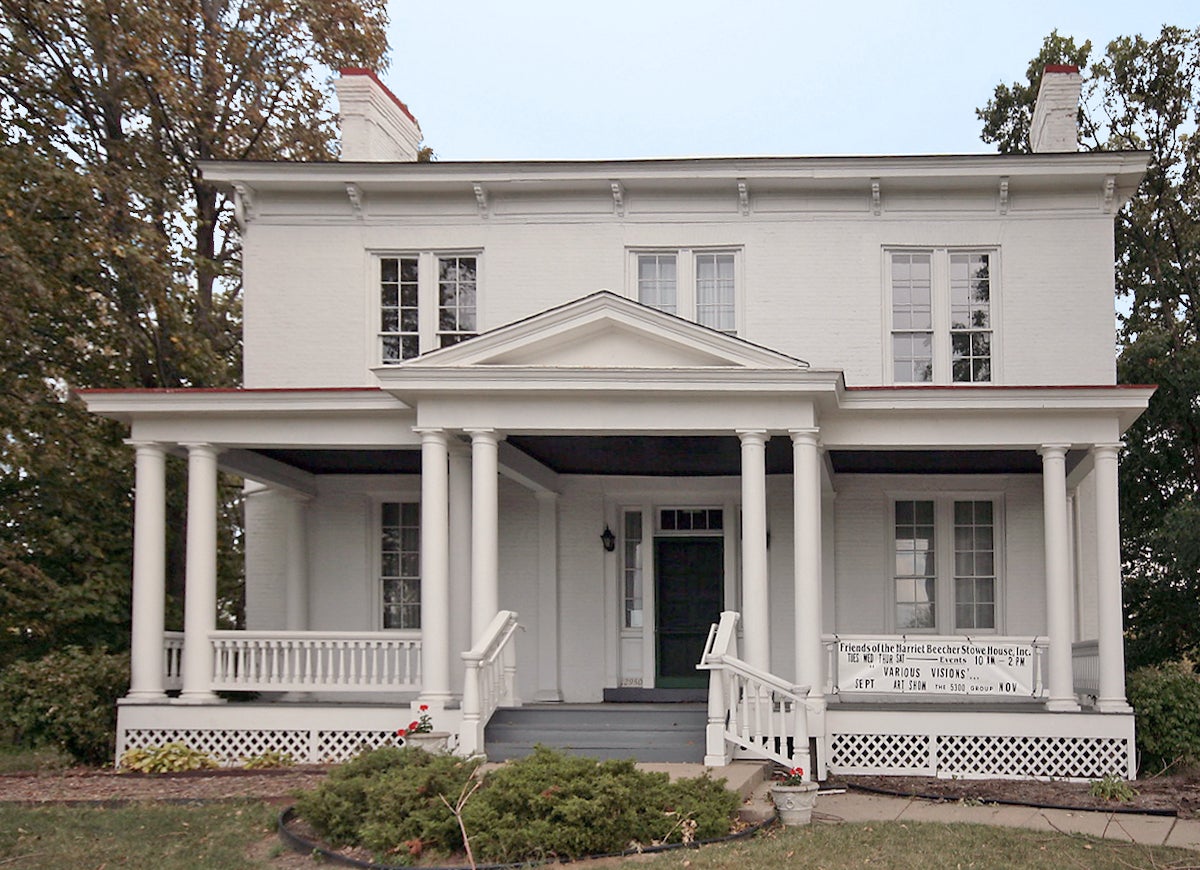We may earn revenue from the products available on this page and participate in affiliate programs. Learn More ›
The Flight to Freedom

Wikimedia Commons via Micahth
The network of “stations” and “depots” that made up the Underground Railroad stretched from the tip of Florida and the Gulf Coast of Louisiana up into the northern states and beyond. The brave souls who risked their lives for freedom were helped along the way by those who took a stand against slavery. Of particular importance were the “station masters,” people who operated safe stops along the way, building hidden rooms and devising complex ruses to fool even the most determined bounty hunter. Though runaway slaves found support and sympathy as they traveled the secret routes, danger stalked them until they safely reached the North, or left the United States altogether. Here is a small sampling of historic homes that were stops along the Underground Railroad.
Welcome to the “President’s” House

Wikimedia Commons via Nyttend
Levi Coffin, the unofficial “president” of the Underground Railroad, sheltered and helped an estimated 2,000 fugitive slaves escape to a better life. His home in Fountain City, Indiana, became known as the “Grand Central Station” of the Underground Railroad. During the Civil War, he became active in efforts to provide aid to newly freed slaves, and in 1867 he was a delegate to the International Anti-Slavery Conference in Paris.
A Family Affair

Wikimedia Commons via Audrey
The Johnson family played a prominent role in the anti-slavery movement in Philadephia during the 1850s. The five siblings and their spouses used their home, as well as neighboring homes of relatives, to shelter fugitive slaves. The Johnsons participated in the American Anti-Slavery Society and Germantown Freedmen’s Aid Association, and were among the most prominent abolitionists of their generation.
Quiet Resistance

Wikimedia Commons via Matthew.kowal
Black abolitionists Wilson Bruce Evans and his brother, Henry Evans, moved to Oberlin, Ohio, in 1854, where they established themselves as cabinetmakers. They participated in the Oberlin-Wellington Rescue of 1858, in which 37 citizens of the town rescued a captured fugitive slave and helped him escape to Canada via the Underground Railroad. The Evans house was an important stop for travelers on the Railroad, including famed “conductor” Harriet Tubman.
Wayside Cabin

Wikimedia Commons via Ammodramus
The Mayhew Cabin is Nebraska’s only officially recognized Underground Railroad site. Mrs. Mayhew’s younger brother, John Henry Kagi, held strong anti-slavery views and became a close associate of abolitionist John Brown. In 1859, Brown and Kagi freed 11 slaves, hiding them at Kagi’s sister’s Nebraska City cabin and various nearby locations until the fugitives could eventually escape to Canada.
A Grand Depot

Wikimedia Commons via Goddesshanna
Staunch abolitionist James Jordan settled in Iowa in the 1840s after leaving his native Virginia. His first home in the area was a mere lean-to, but in 1850 he began to build a grand home for his wife and, at the time, six children. Over the years, Jordan added to the stately Victorian in West Des Moines, Iowa, and his family grew to 11 children. The spacious home became a frequent stop on the Underground Railroad, with Jordan as the “chief conductor” for the county. It was also a popular gathering place for local leaders and visitors, who were treated to Jordan’s Southern hospitality.
Hospitable Homestead

Wikimedia Commons via Historic Newton
Built in 1809, the Federal-style Jackson Homestead in Newton, Massachusetts, housed fugitive slaves on their way to freedom in Canada. The owner of the house, William Jackson, also served in Congress from 1833 to 1837. Following his death in 1855, his family continued to be active in abolitionist causes. In 1865, his widow founded the Freedmen’s Aid Society in Newton.
Related: New Air Conditioning for Old Houses
The Busy Abolitionist

Wikimedia Commons via Bwheelerrtrm
Now the site of the John Brown Museum, this cabin near Osawatomie, Kansas, was the home of Reverend Samuel Adair and his wife, Florella, who was the half-sister of famed abolitionist John Brown. While he stayed with his sister, Brown used the cabin as his headquarters. It was also a station on the Underground Railroad, and it’s believed the family hid fugitive slaves in the back room. This is just one of many John Brown sites in the area.
Welcoming Guests

Wikimedia Commons via Jim Roberts
Nathan M. Thomas, an ardent abolitionist and the first physician in Kalamazoo County, Michigan, built this home in 1835. By the 1840s, he and his wife were welcoming fugitive slaves traveling north to freedom. According to Mrs. Thomas’s diaries, between 1,000 and 1,500 former slaves passed through the house in Schoolcraft. Mrs. Thomas tirelessly prepared food and beds for their extra “guests,” taking care of whoever happened to be under her roof.
Speaking Out

Wikimedia Commons via Pubdog
Seth M. Gates sheltered fugitive slaves in the cellar and attic of his Warsaw, New York, home over a 15-year period. During that time, he also served for five years in the U.S. House of Representatives. An outspoken abolitionist, Gates at one point had a $500 bounty on his head, offered by a Southern planter tired of his interference.
Famed Author and Abolitionist

Wikimedia Commons via Greg5030
Harriet Beecher Stowe, the author of Uncle Tom’s Cabin, settled in this Cincinnati, Ohio, house in 1873 with her husband and two adult daughters, more than 20 years after she penned her most famous work. While the Harriet Beecher Stowe House wasn’t a stop on the Underground Railroad, its famous occupant shined a light on the plight of slaves seeking freedom for themselves and their loved ones.

Everything You Need for a Lush and Healthy Lawn
Keeping your grass green and your plants thriving doesn’t just take a green thumb—it starts with the right tools and supplies.

